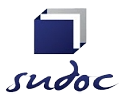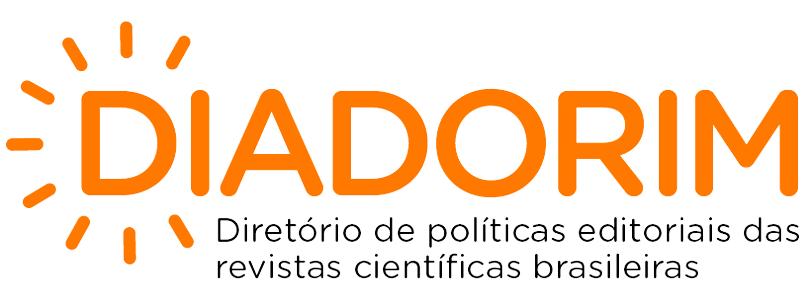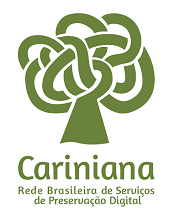The story of the “Buraco Fundo” told by different generations from the city of Restinga Sêca, RS
DOI:
https://doi.org/10.5433/boitata.2020v15.e40115Keywords:
História oral, Discurso, Restinga Sêca, Buraco FundoAbstract
This study provides an in-depth look at historical and legendary accounts of the location known as “Buraco Fundo”, located in the city of Restinga Sêca, state of Rio Grande do Sul (RS), Brazil. It is a geological formation, a landscape created from erosion, formed only by natural phenomena, without any human intervention. In this way, the objective is to register the oral history about “Buraco Fundo” through reports of people who were born and lived their childhood in the municipality. The methodology used was the reading of theoretical references, documentary research and the application of the semi-directed interview. The result demonstrates that the approach allows the dissemination and maintenance of cultural traces and memories of the city, revealing the importance of orality in representing the history of a people.
Downloads
References
BAKHTIN, Mikhail. Estética da criação verbal. 4ª ed. São Paulo: Martins Fontes, 2003.
BERGERON, Bertrand. No reino da lenda. Cadernos do Programa de Pós-Graduação em Letras da FURG, Série Traduções, n. 6, 2010.
CERVO, Amado Luiz. Metodologia científica. São Paulo: Pearson Prentice Hall, 2007.
CRUIKSHANK, Julie. Tradição oral e história oral: revendo algumas questões. In: AMADO, Janaína; FERREIRA, Marieta de Moraes (Orgs.). Usos & abusos da história oral. Rio de Janeiro: Editora da Fundação Getúlio Vargas, 1998.
FROEHLICH, José Marcos; ALVES, Heberton Inocencio. Novas identidades, novos territórios – mobilizando os recursos culturais para o desenvolvimento territorial. Revista Extensão Rural: UFSM, n. 14, p. 65-90, 2007.
GIL, Antonio Carlos. Como elaborar projetos de pesquisa. São Paulo: Atlas, 2009.
JAKOBSON, Roman. O folclore, forma específica de criação. In: QUEIROZ, Sônia (org.). Algumas questões de poética. Belo Horizonte: FALE/UFMG, 2009, p. 39-70.
JOACHIM, Sébastien. Mitos e Imaginário. In: Poética do imaginário: leitura do mito. Recife: Editor da UFPE, 2010, p. 285-311.
KOLTERMANN, Fabríci0. “No fundo do Buraco”. 2010. Disponível em: <https://www.youtube.com/watch?v=d6o-vBuBhTc>. Acesso em: 05 jan. 2019.
LÉTOURNEAU, Jocelyn. Ferramentas para o pesquisador iniciante. Tradução Ivone C. Benedetti. São Paulo: Editora WMF Martins Fontes, 2011.
RAMOS, Fabio Pestana. Para entender a história. Ano 1, v. 1, p. 01-16, 2010. Disponível em: <https://bit.ly/2sq5Sr3>. Acesso em: 05 jan. 2019.
RENARD, Jean-Bruno. Um gênero comunicacional: os boatos e as lendas urbanas. Porto Alegre: revista FAMECOS, n. 32, 2007.
SCHIRMER, Gerson Jonas; ROBAINA, Luís Eduardo De Souza. ZONEAMENTO GEOAMBIENTAL DA QUARTA COLÔNIA RIO GRANDE DO SUL: uma análise integrada da paisagem. Caminhos de Geografia, v. 19, n. 68, p. 200-214, dez. 2018. Disponível em: <http://www.seer.ufu.br/index.php/caminhosdegeografia/article/view/40502/24780>.
TODOROV, Tzevetan. As categorias da narrativa literária. In: BARTHES, Roland. et al. Análise estrutural da narrativa. Petrópolis: Vozes, 2008. p. 218-264.
Downloads
Published
How to Cite
Issue
Section
License
Copyright (c) 2020 Boitatá

This work is licensed under a Creative Commons Attribution 4.0 International License.
Boitatá esta licenciada com CC BY sob essa licença é possível: Compartilhar - copiar e redistribuir o material em qualquer suporte ou formato. Adaptar - remixar, transformar, e criar a partir do material, atribuindo o devido crédito e prover um link para a licença e indicar se mudanças foram feitas.




















